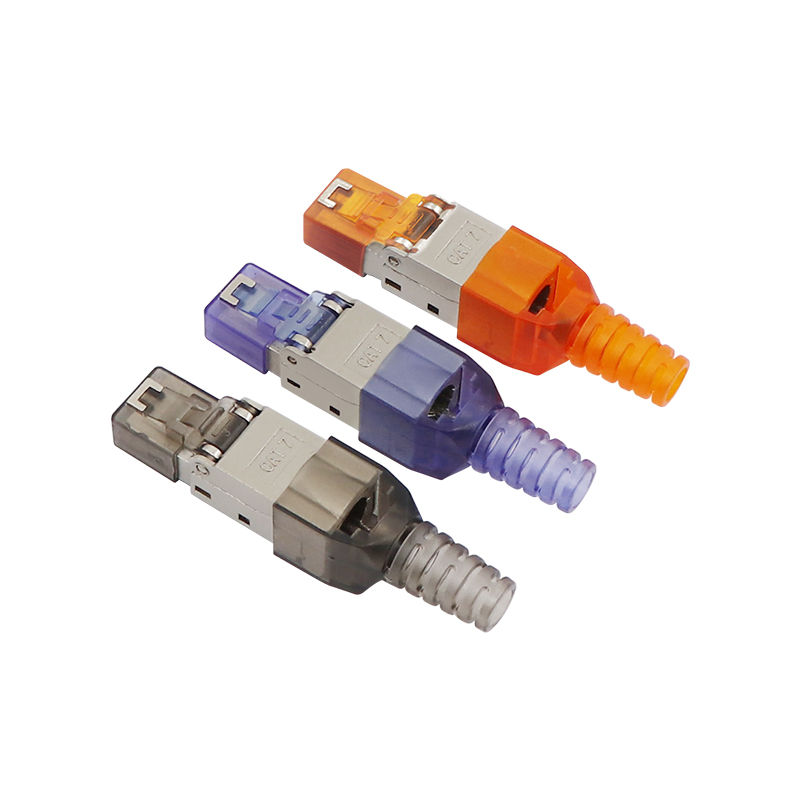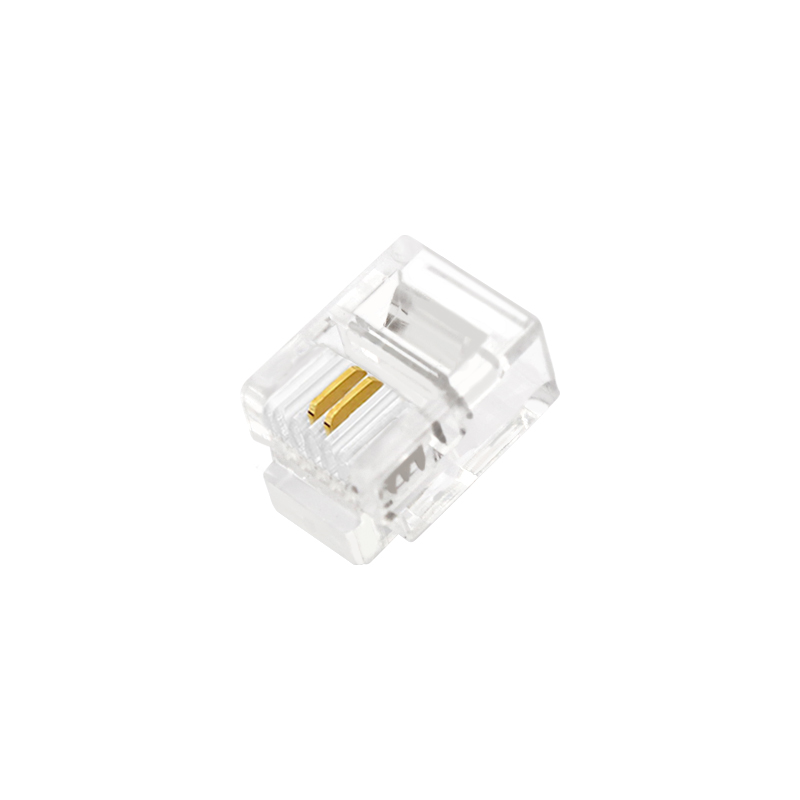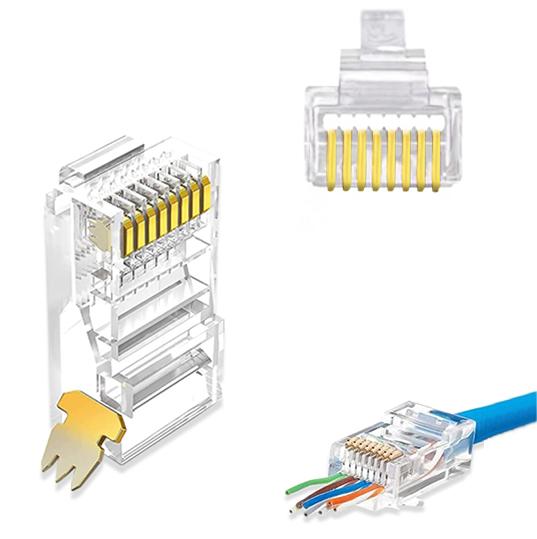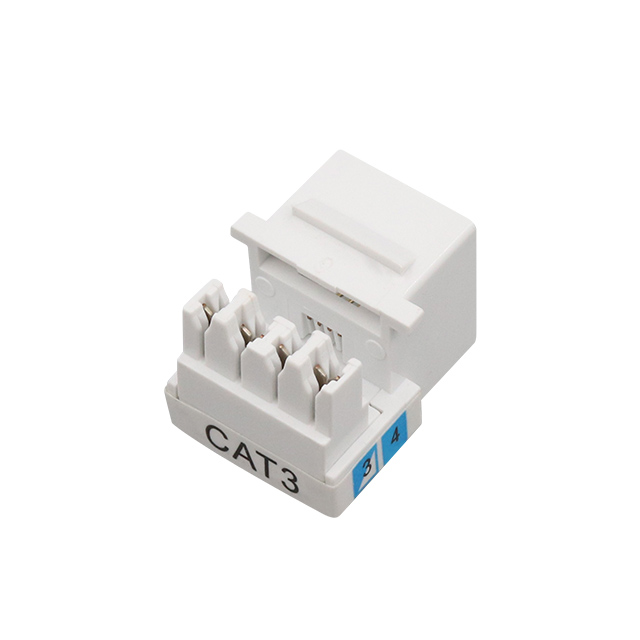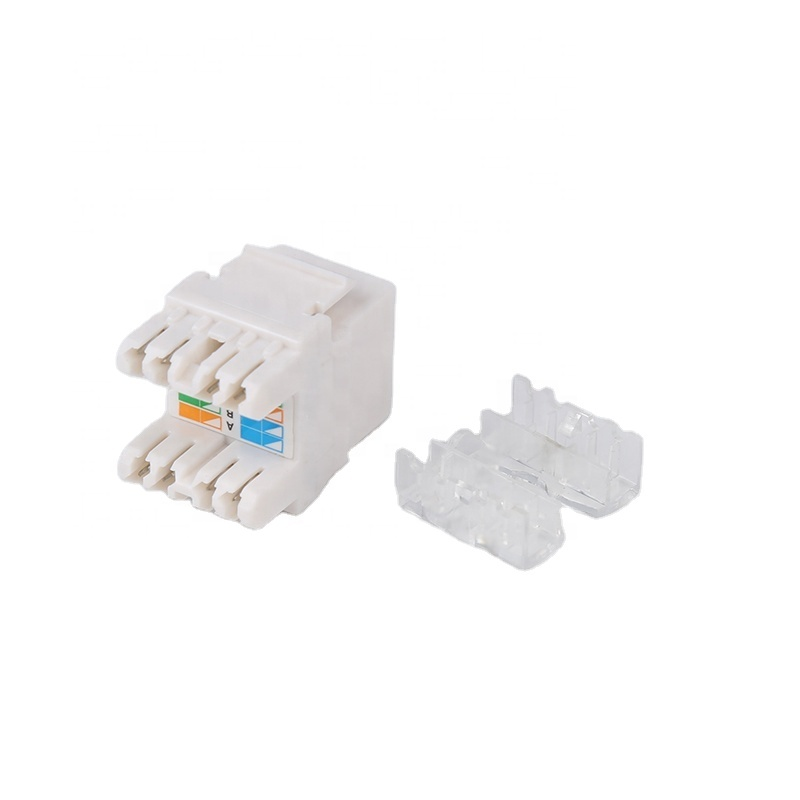How to fix fiber optic patch cord?
2025-09-29
Fiber Optic Patch Cord Repair Manual
I. Repairable Fault Types
End Face Contamination
Symptoms: Weak/unstable optical signal, oil stains, and fingerprints on the end face
Action:
Use a fiber optic cleaning rod in a single direction (do not use circular motions).
For stubborn stains, dip in anhydrous ethanol, dab gently, and blow dry.
Contraindications: Do not use cotton swabs or paper towels (fiber residue is a concern).
Casing Damage
Symptoms: The jacket is torn, but the fiber core is intact.
Action:
Cut off the damaged section, apply double-wall heat shrink tubing, and heat evenly with a heat gun.
For armored patch cords, crimp and seal with stainless steel repair tubing.
Clip Broken
Symptoms: The LC/SC plastic clip is broken.
Action: Replace with a metal-shelled connector of the same model (re-termination is required).
II. Unrepairable Hard Faults
Discard immediately. Signs:
Fiber core breakage (black spots when illuminated by a red light pen)
Ceramic ferrule chipping/cracks (visible under a microscope)
Connector greenish after water exposure (oxidized copper components)
One fiber in an MPO patch cord is defective
III. Four-step connector replacement method
Tools required: Fiber strippers, cleaver, epoxy resin, abrasive paper
Fiber end removal: Cut off the damaged end, leaving at least 15cm of excess fiber. Strip off 3cm of outer jacket and clean the fiber core with an alcohol wipe. Thread a new connector. Insert the bare fiber into a new LC/SC ceramic sleeve. Inject blue epoxy resin and cure for 30 minutes. Precision cutting: Use a fiber cleaver to vertically remove the excess fiber core. The cross-section should protrude ≤0.5mm from the sleeve. End face polishing
Three-step grinding:
Coarse grinding (draw an "8" shape 10 times with 12μm sandpaper)
Fine grinding (draw an "8" shape 20 times with 3μm sandpaper)
Microscopic examination (no scratches under a 200x microscope)
IV. Do's and Don'ts
| Wrong Operation | Consequence | Correct Alternative | Critical Level |
|---|---|---|---|
| Hot-plugging without verification | Burns optical module circuits | Power off equipment & verify shutdown | (Fatal) |
| Touching ferrules with bare fingers | Skin oils corrode anti-reflective coating | Wear lint-free gloves or use vacuum tweezers | (Severe) |
| Using adhesive tape on connectors | Adhesive seeps into optical path blocking light | Install OEM dust caps immediately | (High) |
| Stripping fiber with scissors | Glass shards embed in skin/eyes | Use precision fiber strippers (e.g., Miller) | (Severe) |
V. Mandatory Post-Repair Tests
Red light on/off. Acceptable if no dark spots are present throughout the entire section (especially at bends).
Loss Test
Compared to factory values: Single-mode ≤0.5dB / Multi-mode ≤0.8dB.
Torture Tests
Pulling: Maintain a 1kg pull for 10 seconds (no signal interruption).
Twisting: Twist both ends 180° (loss fluctuation <0.3dB).
Bending: Wrap around a lighter (outer diameter 3cm) three times.
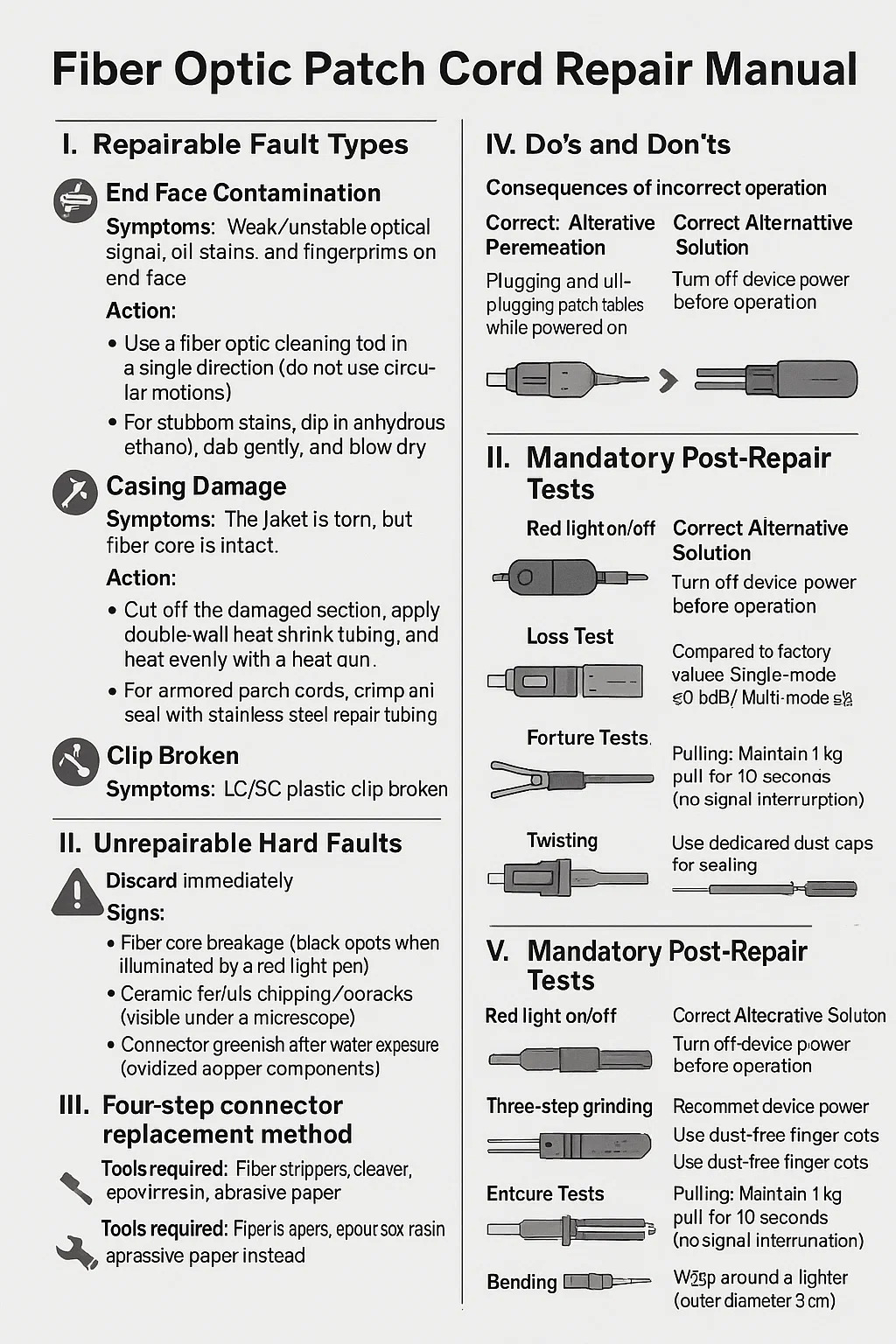
cooperate with PUXIN?
Contact us to find out how our products can transform your business and
take it to the next level.


